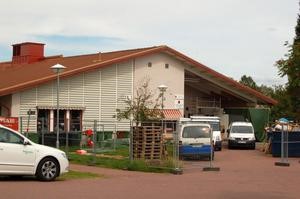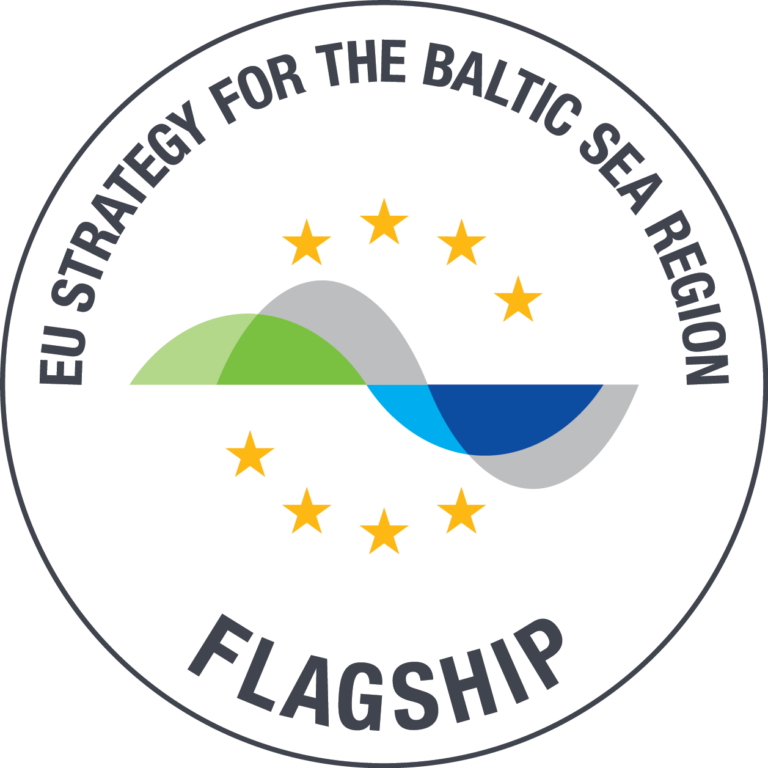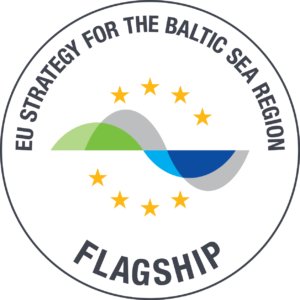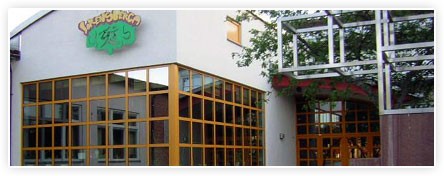The municipality of Ludvika was one of the first municipalities to invest in larger EPC projects, which gave many valuable experiences. Now Ludvikahem has taken over the properties and instead wants to invest in partnering for the continued energy work.
The municipality of Ludvika was out early with EPC projects
Evaluation of EPC projects in Dalarna and Sweden shows that there are both advantages and disadvantages to the model. Municipalities that have tested the model in particular point out the challenges that you have to be very active in the project in order to get the right quality and the risk of sub-optimizations where the energy measures are not integrated into other operational issues. Economically, it is questioned whether it really is the most economical way to carry out energy investments, especially as municipalities usually do not have difficulty borrowing money at a favorable interest rate.
The municipality of Ludvika has been pioneers in Sweden with long experience of the EPC. In two projects of 5 million Euro + 5 million Euro, the goal has been to reduce energy use in the municipality’s premises by 22% by 2020, while at the same time ensuring long-term value of the properties and technical standards for requirements for functionality and indoor climate. The municipality financed the investments through Kommuninvest (financial institutions for municipalities).
The supplier has been paid with a fixed basic price and, in addition, an reimbursement if promised energy savings have been achieved. Contractor and client share 50/50 of the saving of total energy cost that exceeds the 22% stated as reference value. After the final inspection of the turnkey contract, the partners have moved on to a management contract of 11 years, adapted to the measures pay-off and loan period at Kommuninvest.

Stefan Andersson and Birgitta Parling at the municipality of Ludvika are satisfied with the pioneering work that has been done and which inspired many others. They confirmed, in the evaluation that Byggdialog Dalarna made of EPC projects in Dalarna, that energy savings could have been achieved. It was, however, believed that the 22% savings guarantee was too low as it included many measures that were easy for the contractor to do. It was also found that the contract period for fixed compensation in the management phase was too long.
Ludvikahem takes over management of buildings and the EPC projects
During the EPC project period, the management of the municipality’s properties has been taken over by the municipal company Ludvikahem, which manages both housing and premises.
Jan Hedberg, who is the construction manager at Ludvikahem, confirms that they have saved a lot of energy through the EPC projects and that it has contributed to building up increased interest and expertise for energy issues, but notes that there have also been problems along the way.

– The municipality was not sufficiently involved in the solutions that were made and more resources had been needed to demand the correct technical documentation and carry out proper inspections. It is now lacking in several places and we have received some strange and cheap solutions that do not feel sustainable in the long term. We have a competent operating department that had to have been involved in a more active way than just taking over other people’s solutions. Otherwise it will be a resistance from personnel, says Jan Hedberg.
One advantage of the EPC model is that the measures are actually implemented. Without own expertise in the own organization, measures might not be implemented. And the EPC project has meant a lot of education in energy and property management issues. It was a good start.
Jan Hedberg also does not believe that the EPC model has been the most profitable method of carrying out energy renovations.
– You should be able to run this project more economically. The municipality was responsible for the financing itself and the contractor managed to renegotiate the reimbursement model during the implementation period, in a way that became more favourable to them. I understand that they have made good money on this contract. Initially, the contractor got to pay a penalty, but with the new model they both got paid and received half of the energy savings, says Jan Hedberg.
Ludvikahem wants to invest in partnering instead of EPC in the next step
The conclusion from Ludvikahem, after learning a lot through the EPC project, is that they want to seek other forms for the continued energy work in the company and the form they are interested in testing is partnering. Ludvikahem has previously tested partnering on construction projects and sees that it can be a suitable model also for renovations in order to achieve energy savings and better indoor environment.
Partnering is another way of interacting with external actors in major rebuilding and more complex projects. This means that Ludvikahem, instead of defining the entire construction project and procuring contractors and craftsmen after that, includes a partnering agreement with an entrepreneur who has the right skills. Together, it will be a team to jointly find the best possible solutions with a common budget, which gives a security to the building owner.
– The most important part of partnering is openness. If you do not understand this, and continue in the traditional model with the view of each other as counterparts, then the model will never work, says Jan Hedberg. Therefore, it is so important to really choose the right partners with the ability to cooperate. Evaluation of partners can be done based on how competent staff they have instead of the lowest price. From our side, it demands great involvment.
The advantages of partnering are that everyone works towards a common goal, a common organization and common financial interests, which differs from the EPC. The model is also suitable for renovations that often contain many uncertain parameters that have to be solved along the way and ensure that function is not compromised for the cost to be kept low.

| Partnering is implemented in 3 phases Phase 1: Planning The client writes a framework contract with the partner (turnkey contractor) with an option to call for implementation and follow-up phase. At the same time, an inquiry is ordered for the objects in question. Energy and maintenance measures are developed and priced. Phase 2: Implementation (Option) Call-off for the implementation of the projection and procurement of subcontractors. Joint calculations for target prices are produced. Technical documents are produced. A target price for the contracts is produced. Purchased at cost with negotiated profit in %.(Option) Call for implementation of the contracts. Phase 3: Follow-up The Swedish organization Byggherrar have produced a contract template and regulations for partnering (in Swedish) https://www.byggherre.se/avtal-och-juridik/samverkan-partnering-vagledning-och-mallar/hjaelpmedel-och-verktyg-foer-partnering/kontraktsmall-med-tillaempningsfoereskrift |
About EFFECT4buildings:
EFFECT4buildings is implemented with the support from the Interreg Baltic Sea Region Program 2014-2020 (European Regional Development Fund) and Norwegian national funding. The aim of the project is to improve the capacity of public building managers in the Baltic Sea Region by providing a comprehensive decision-making support toolbox with a set of financial instruments to unlock the investments and lower the risks of implementing energy efficiency measures in buildings owned by public stakeholders. For more information: http://www.effect4buildings.se
Text author: Marit Ragnarsson, EFFECT4buildings Project Manager, Länsstyrelsen Dalarnas län













